EXPLO
EXPLO
Exploring the dynamics and causes of prehistoric land use change
in the cradle of European farming
Oxford PI: Prof. Amy Bogaard
The ERC Synergy Grant ‘EXPLO’ is an interdisciplinary project exploring prehistoric farming societies who settled on lakeshores in south-east Europe.
Overview
EXPLO is a collaboration between the University of Oxford, Aristotle University of Thessaloniki and the University of Bern, running from 2019 to 2025. The four PIs on the project are Prof. Amy Bogaard (School of Archaeology, University of Oxford), Prof. Albert Hafner (Institute of Archaeological Sciences, University of Bern), Prof. Kostas Kotsakis (Dept of Archaeology, Aristotle University of Thessaloniki) and Prof. Willy Tinner (Institute of Plant Sciences, University of Bern).
The project explores Neolithic-Bronze Age lakeshore settlements in the ‘lake district’ of northern Greece and the southwest Balkans, building up a high-resolution picture of prehistoric farming through the Neolithic and Bronze Age, inspired by world-leading lakeshore settlement research in the Alpine region. Bioarchaeological reconstruction of subsistence practices is framed by new dendrochronological dating of ‘pile fields’ (waterlogged vertical timbers driven into the lakebed to support houses, platforms, etc.) to reconstruct settlement histories, and high-precision palaeoecological work based on coring of lake sediments.
Key archaeological sites in our work are Dispilio, Lake Kastoria, Greece; Ploča Mičovgrad , Lake Ohrid, North Macedonia; and Lin 3, Lake Ohrid, Albania.
The project’s website provides news and updates as our work develops.
Work at Oxford
Oxford’s focus within EXPLO is the on-site bioarchaeology. This features extensive archaeobotanical work by postdoctoral researchers Dr Rachel Ballantyne (Lin 3), Dr Müge Ergun (Dispilio) and Dr Eugenia Gkatzogia (Dispilio), and by doctoral students Amy Holguin (Ploča Mičovgrad) and Doris Vidas (Dispilio). We are building a picture of plant use and management at each site by analysing the macroscopic remains of cereals, pulses, oil-seed crops and gathered plant foods. The anaerobic waterlogged conditions of submerged lakeshore settlements are ideal for preserving plant tissues, including the fragile parts (such as leaves, pods and stems) not typically preserved by carbonisation (charring) on dry sites. Waterlogging also affords a holistic view of plant use beyond the crops and stored plants highlighted in carbonised assemblages. In this way we can build a detailed record of consumption patterns and foodwebs, and of how these changed through time within site sequences and among settlements and lake regions.
On the faunal side of the bioarchaeology, our focus so far is on the Dispilio faunal assemblages from both EXPLO and pre-EXPLO excavations. Dr Valasia Isaakidou is analysing the mammalian skeletal remains and teeth with Prof. Paul Halstead (Sheffield), Roula Chronaki and Dafni Androulaki. Dr Rena Veropoulidou (Greek Ministry of Culture) analyses the molluscs and ostracods. We are delighted also to be collaborating with Dr Eva Panagiotakopulu (Edinburgh), who is analysing the preserved insect remains, and Dr Tatiana Theodoropoulou (CNRS), who will continue work on the fish remains building on her doctoral research. Doctoral work by Doris Vidas includes stable isotope analysis of livestock, wild herbivores and crop material from Dispilio. The large and exceptionally well-preserved bones and teeth are affording us detailed insights into animal husbandry and exploitation of the wild fauna through macroscopic study, which both informs and will be enriched by stable isotope analysis. Interpretation of both macroscopic and isotopic data will be aided by oral-historical study of recent, pre-industrial farming and fishing practices in the vicinity of the site.
An initial fieldwork season in 2019 at the submerged site of Ploča, in the Bay of Bones on the south-east side of Lake Ohrid, in North Macedonia, confirmed excellent preservation of crop and other food plant remains in thick (>1 m) layers of waterlogged organic detritus preserved on the lakebed, sampled through coring and excavation. Our preliminary analysis during the 2019 season – in collaboration with Prof. Ferran Antolín of the Integrative Prähistorische und Naturwissenschaftliche Archäologie, University of Basel – identified abundant remains of cereals (e.g., chaff and bran), pulses (e.g., pods and stems), oil-seed crops and a diverse spectrum of gathered plants, including Cornelian cherry, acorn, hazelnut, strawberry, blackberry, fig and grape.
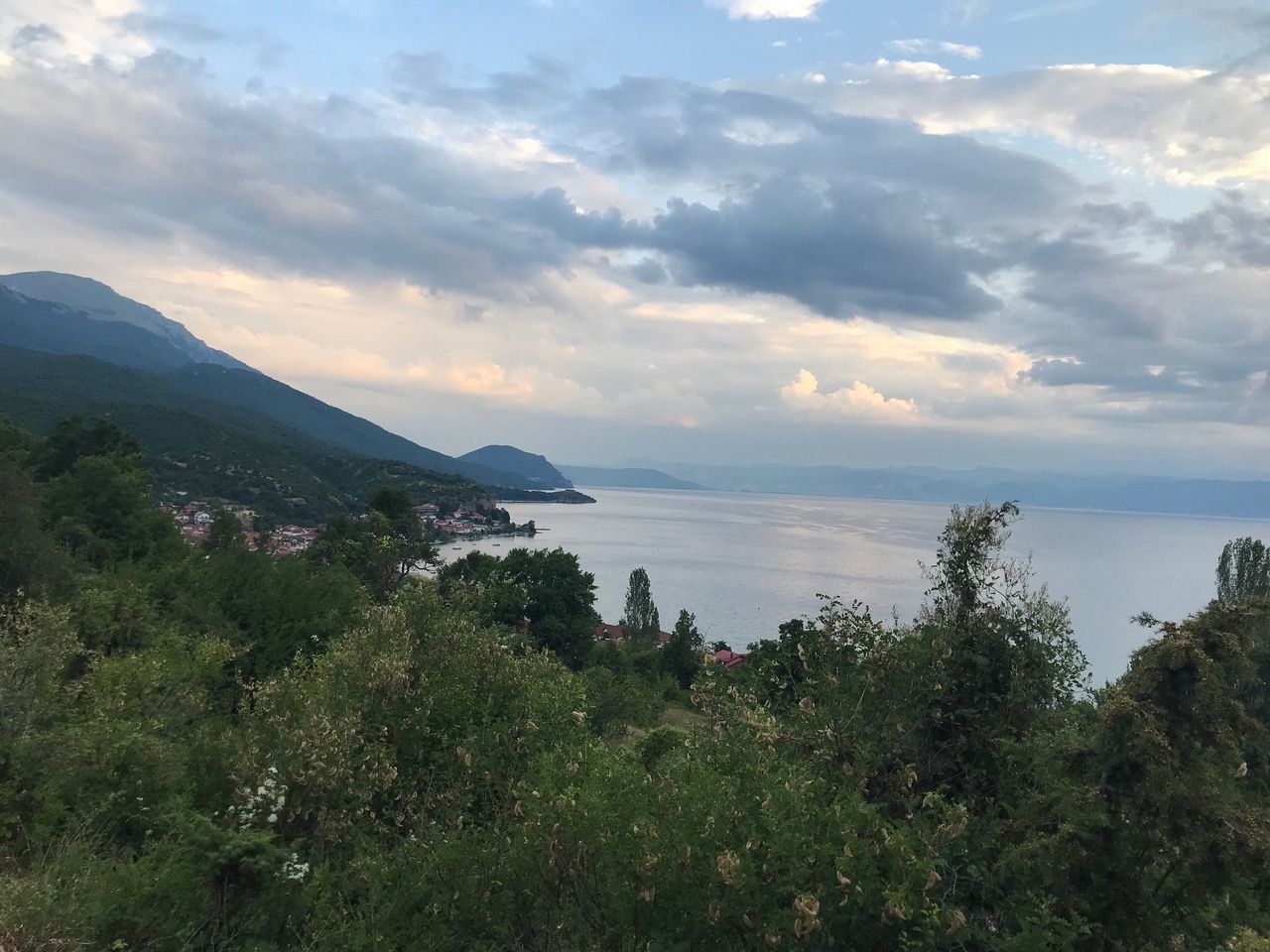
View of Lake Ohrid looking towards the Bay of Bones, Lake Ohrid, North Macedonia
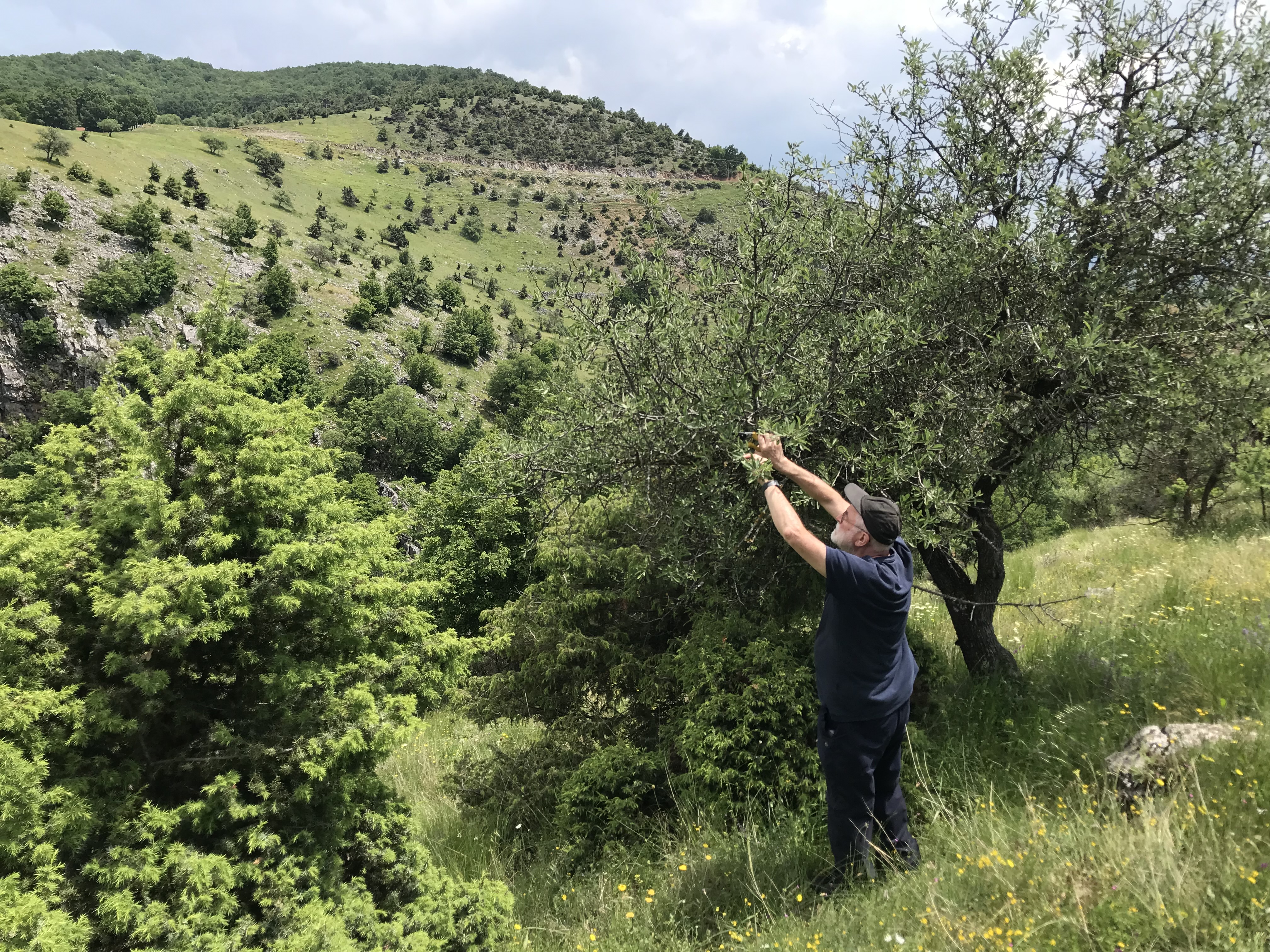
Vegetation sampling for isotopic baselines near Dispilio (Paul Halstead)
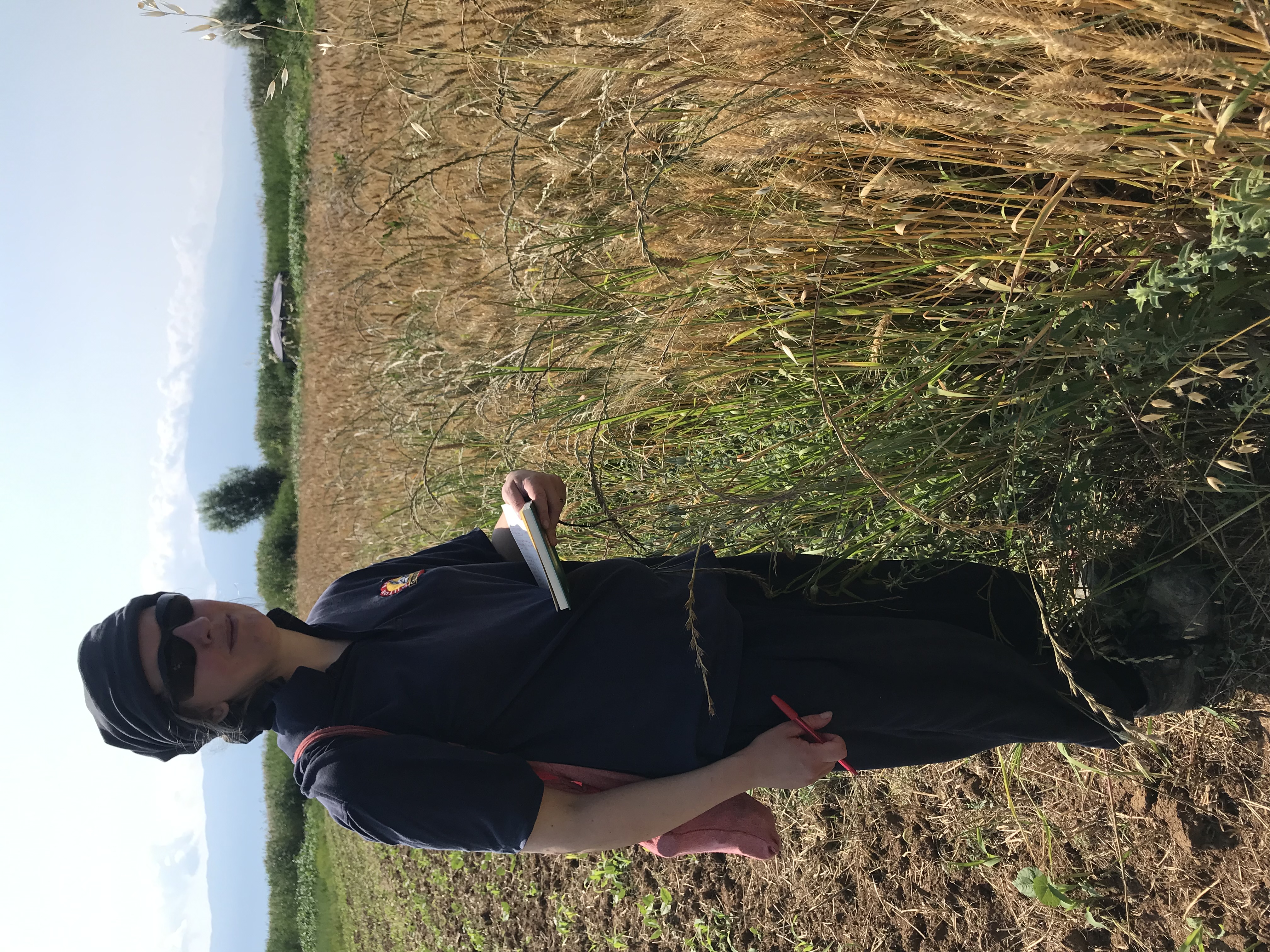
Arable field survey near Lin 3, Albania (Rachel Ballantyne)
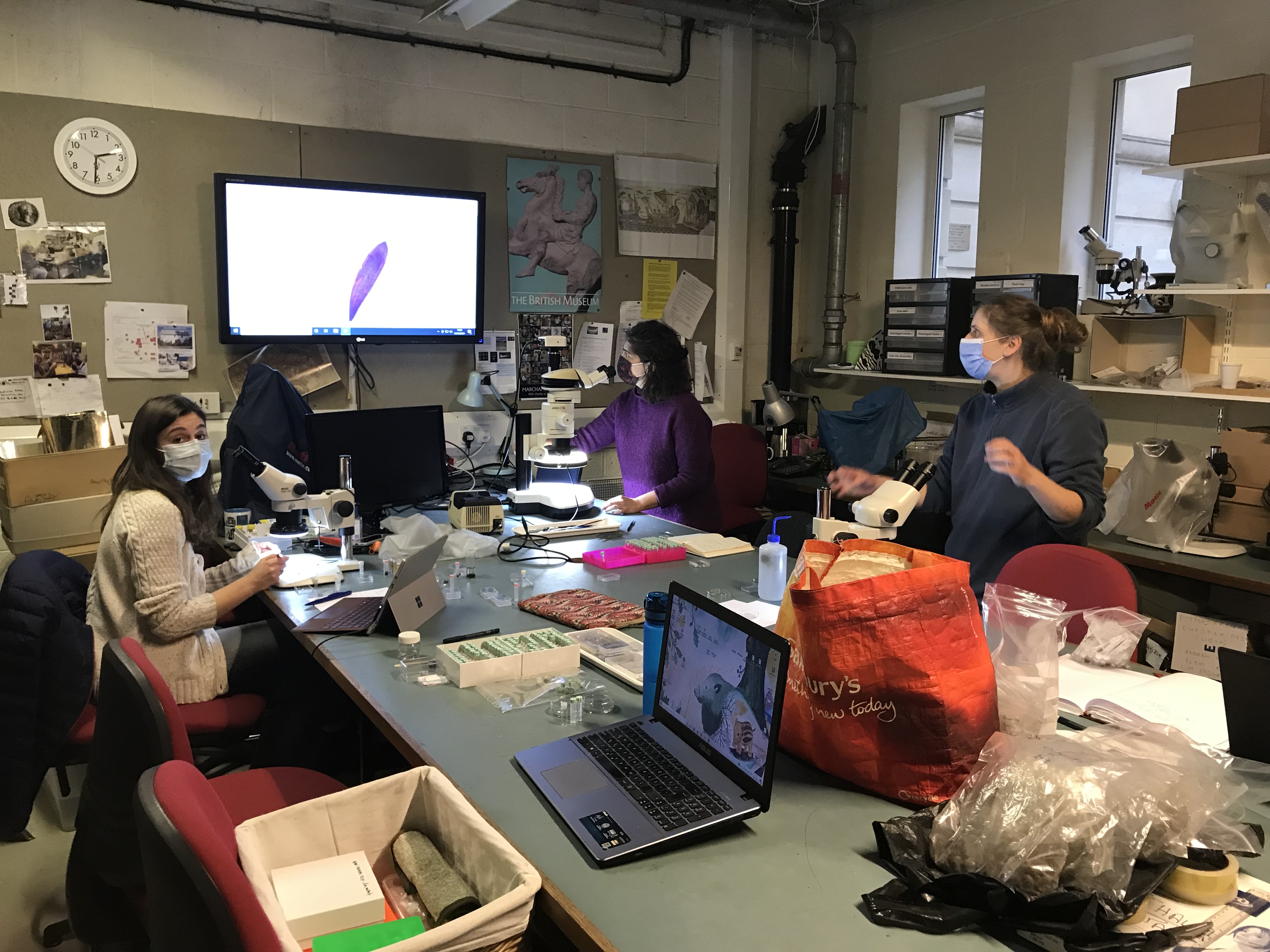
Archaeobotanical identification sessions in Oxford
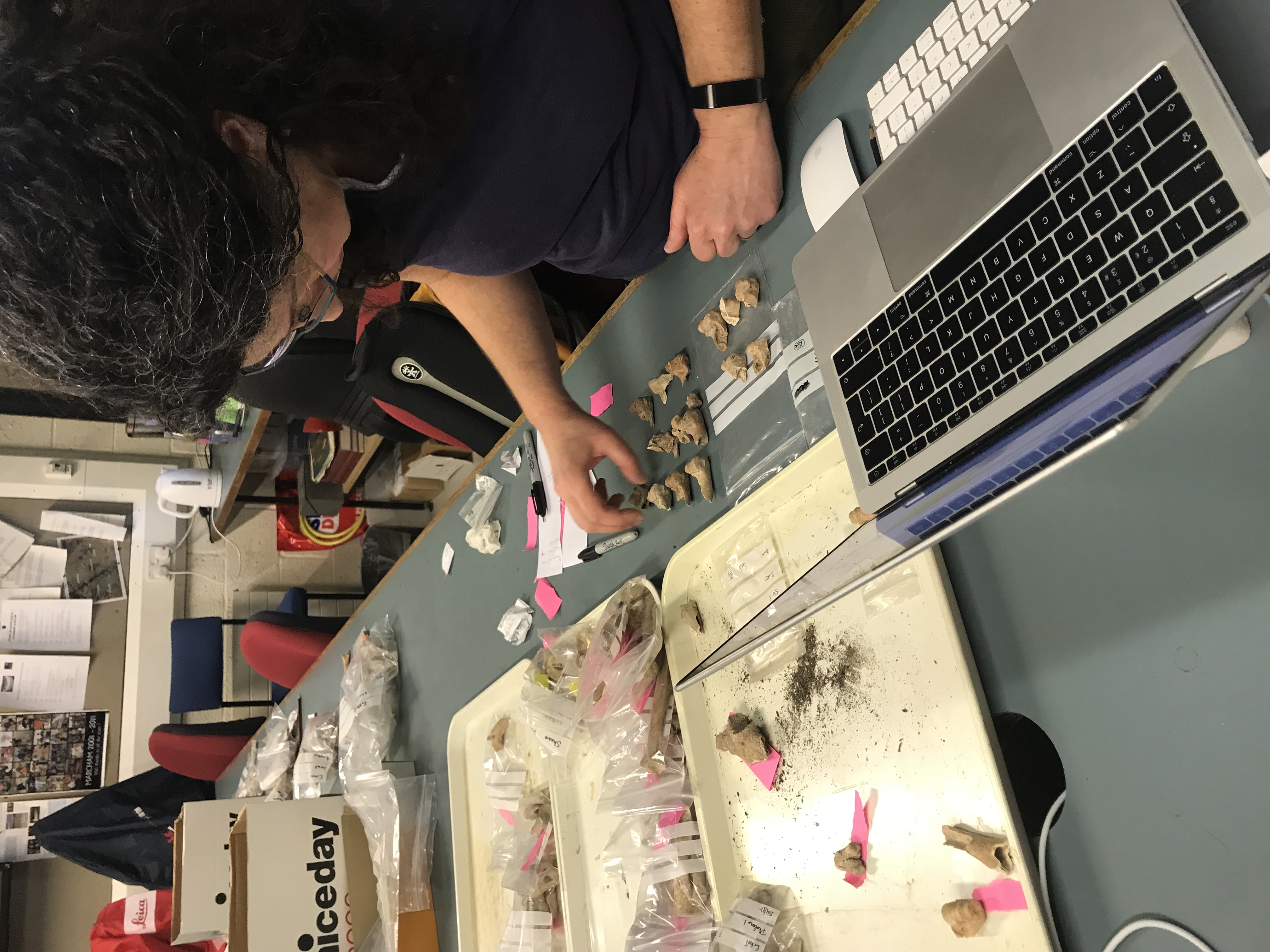
Zooarchaeological work in the field at Dispilio (Valasia Isaakidou)
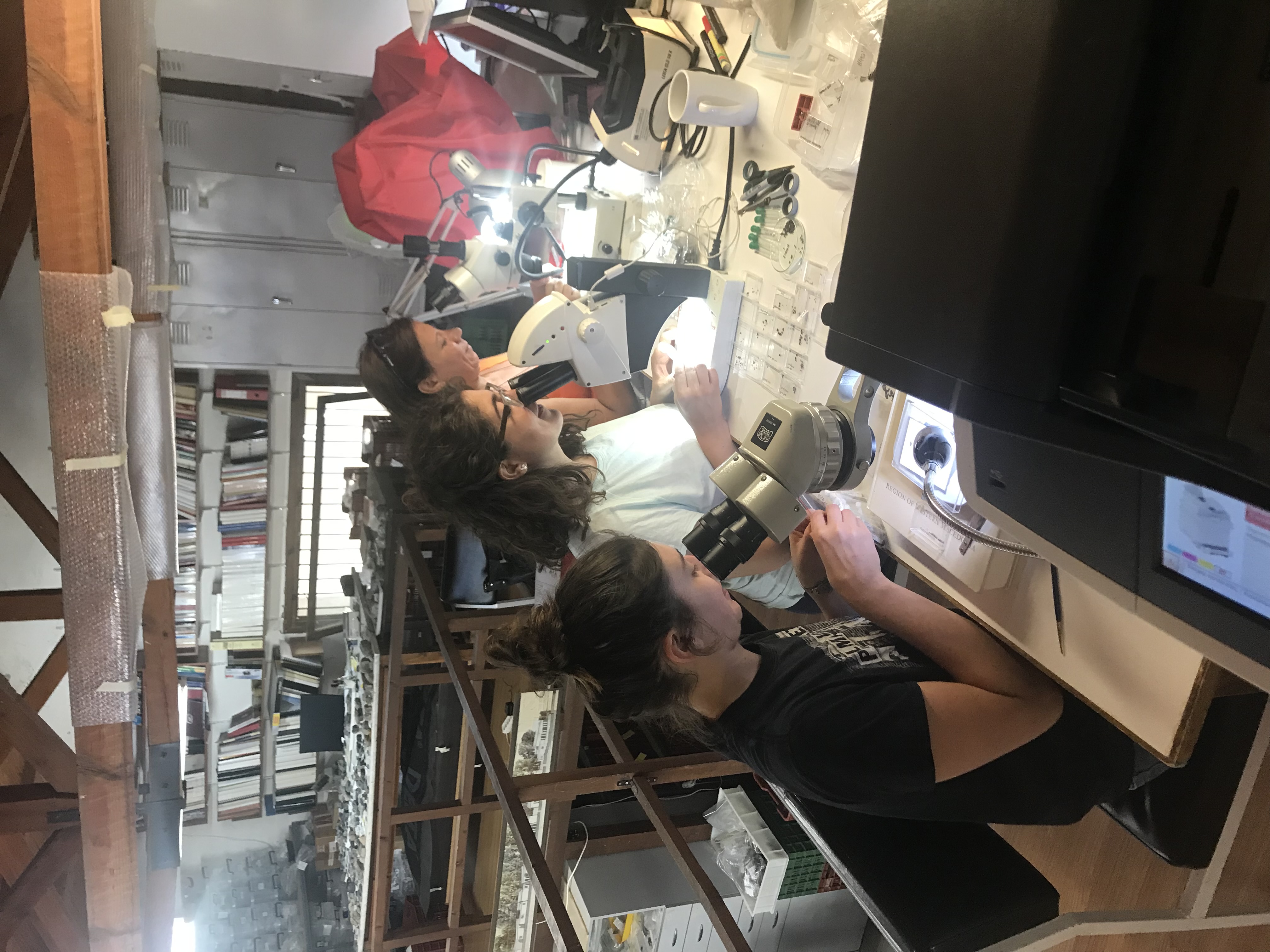
Archaeobotanical work in the field at Dispilio (Eugenia Gkatzogia, Müge Ergun, Amy Holguin)
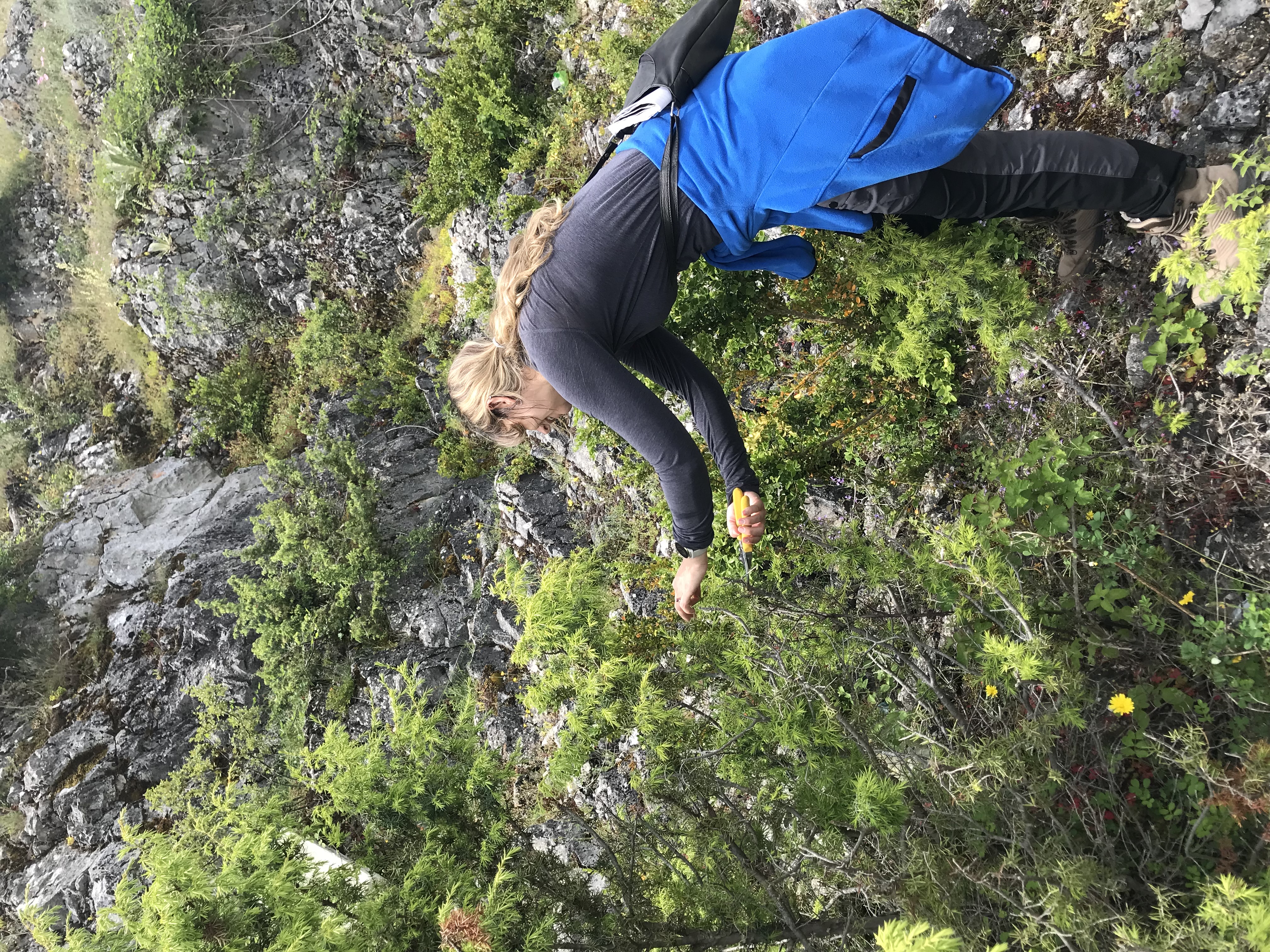
Vegetation sampling for isotopic baselines near Dispilio (Doris Vidas)
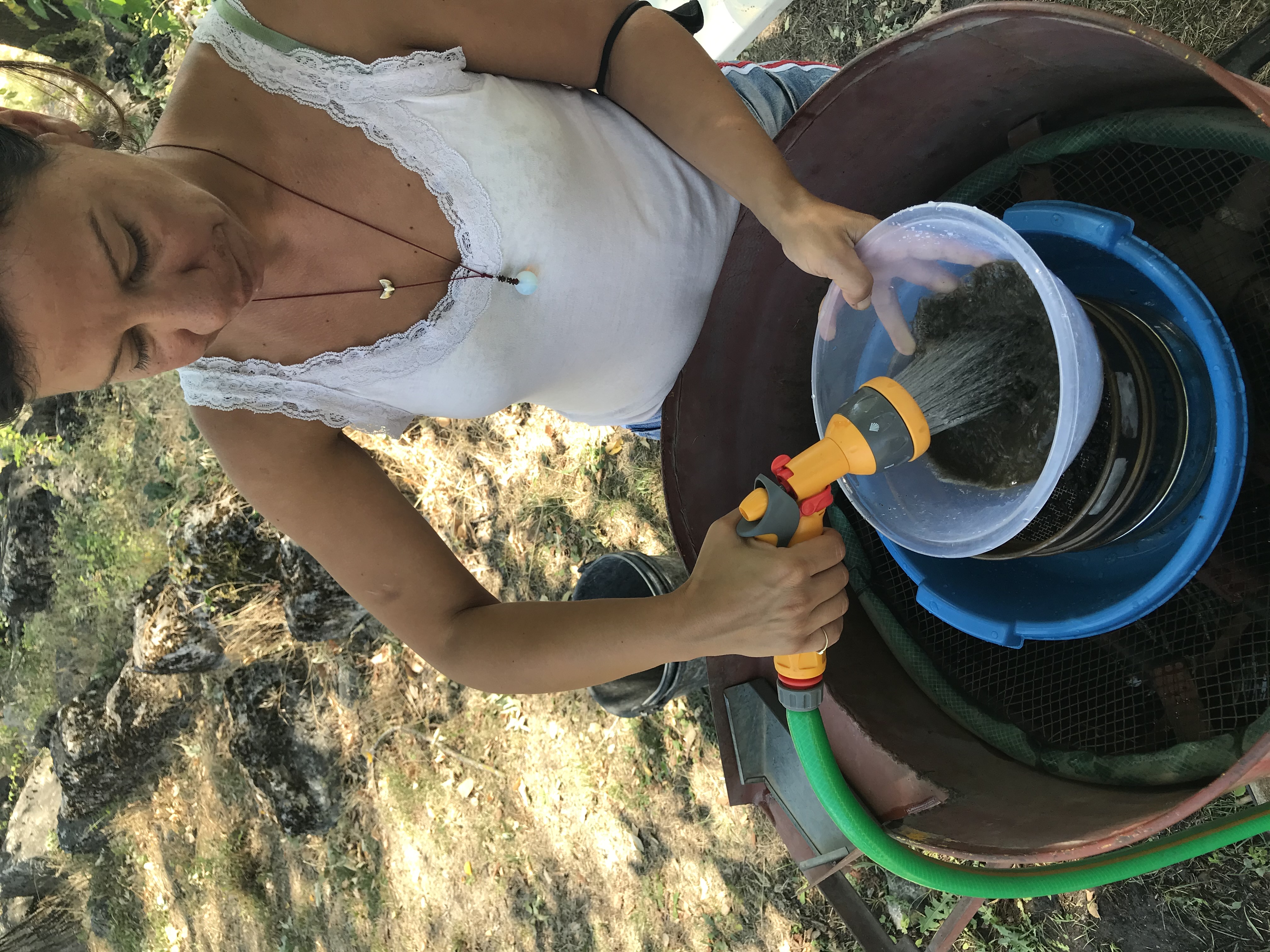
Processing sediment by washover at Dispilio, where this technique is applied to maximise recovery of uncharred plant remains (Eugenia Gkatzogia)
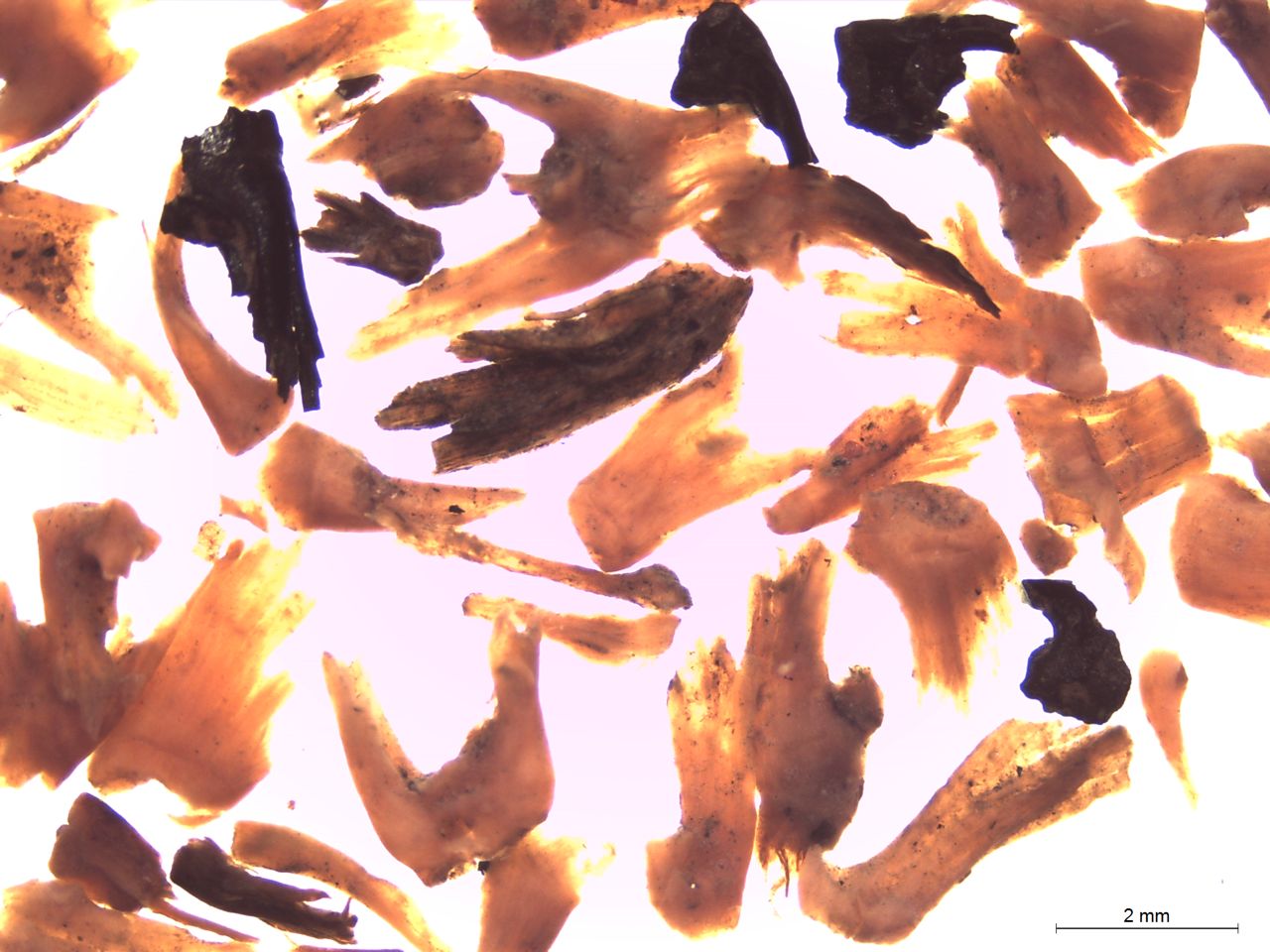
Waterlogged and charred glume wheat chaff, Ploča Mičovgrad, Lake Ohrid, North Macedonia
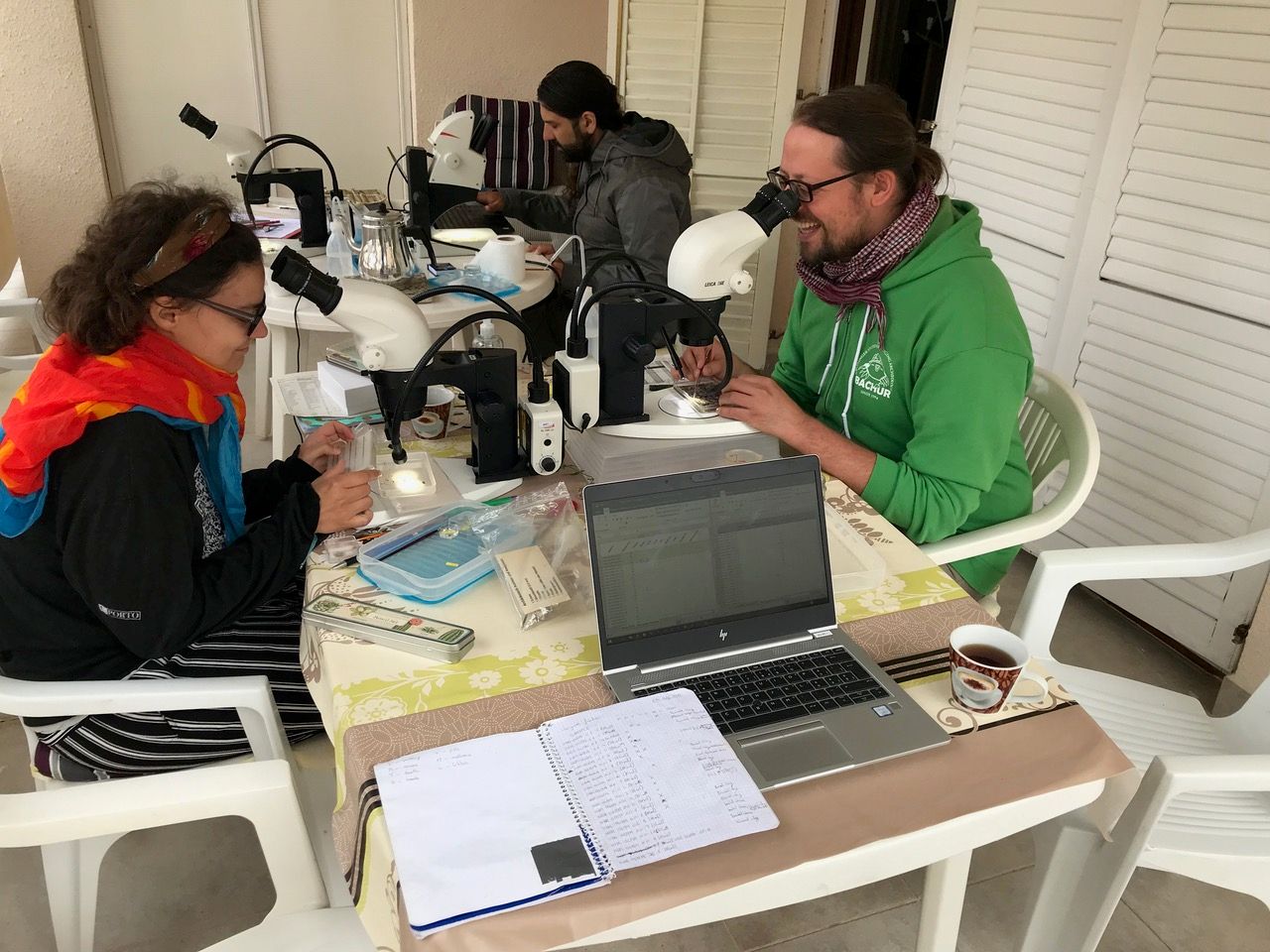
The archaeobotany 'field lab' with Ferran Antolín, Ana Jesus and Raul Soteras
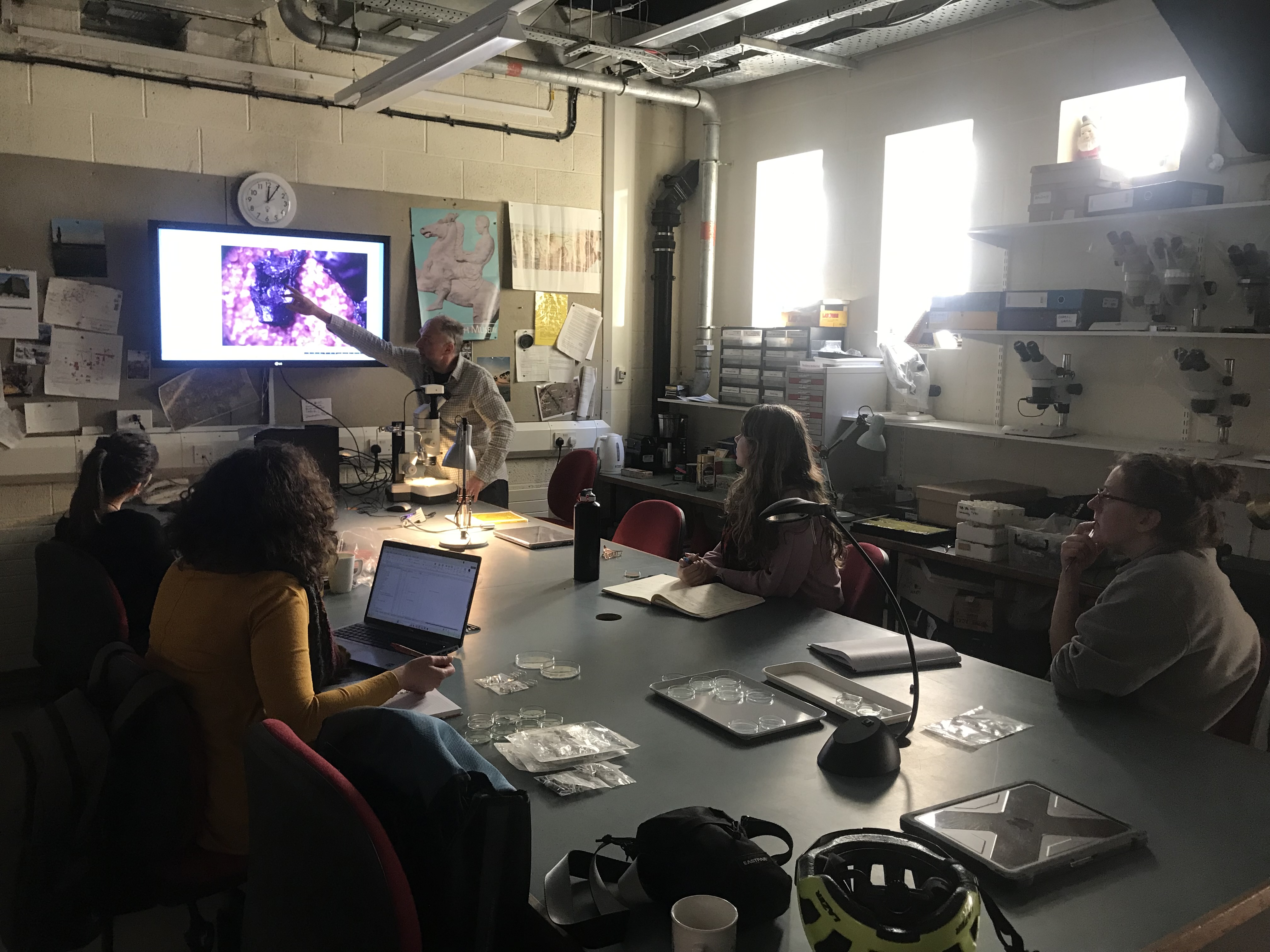
Archaeobotanical identification sessions in Oxford
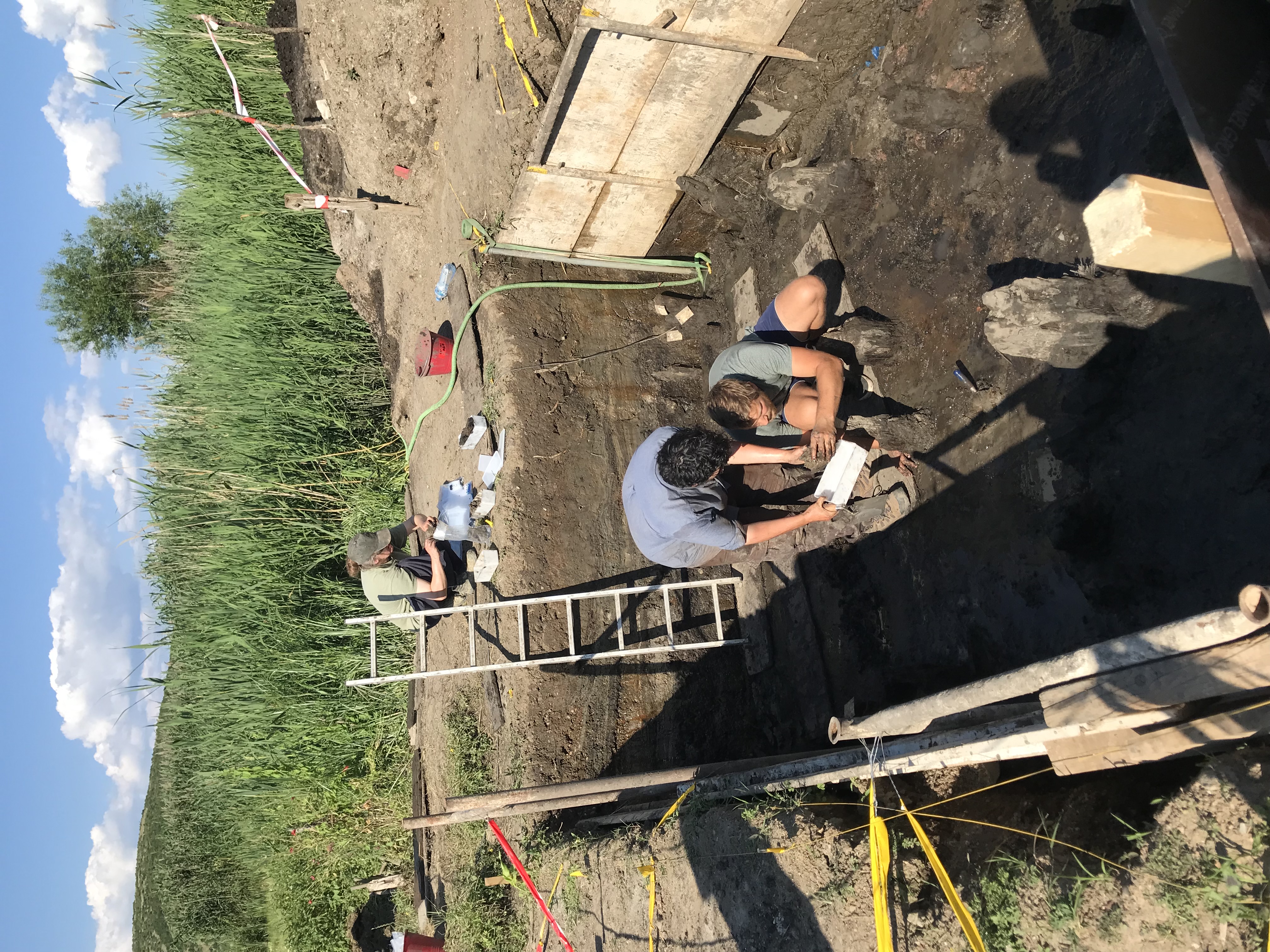
Sediment sampling at Lin 3, Albania (Rachel Ballantyne, Oscar Reid)
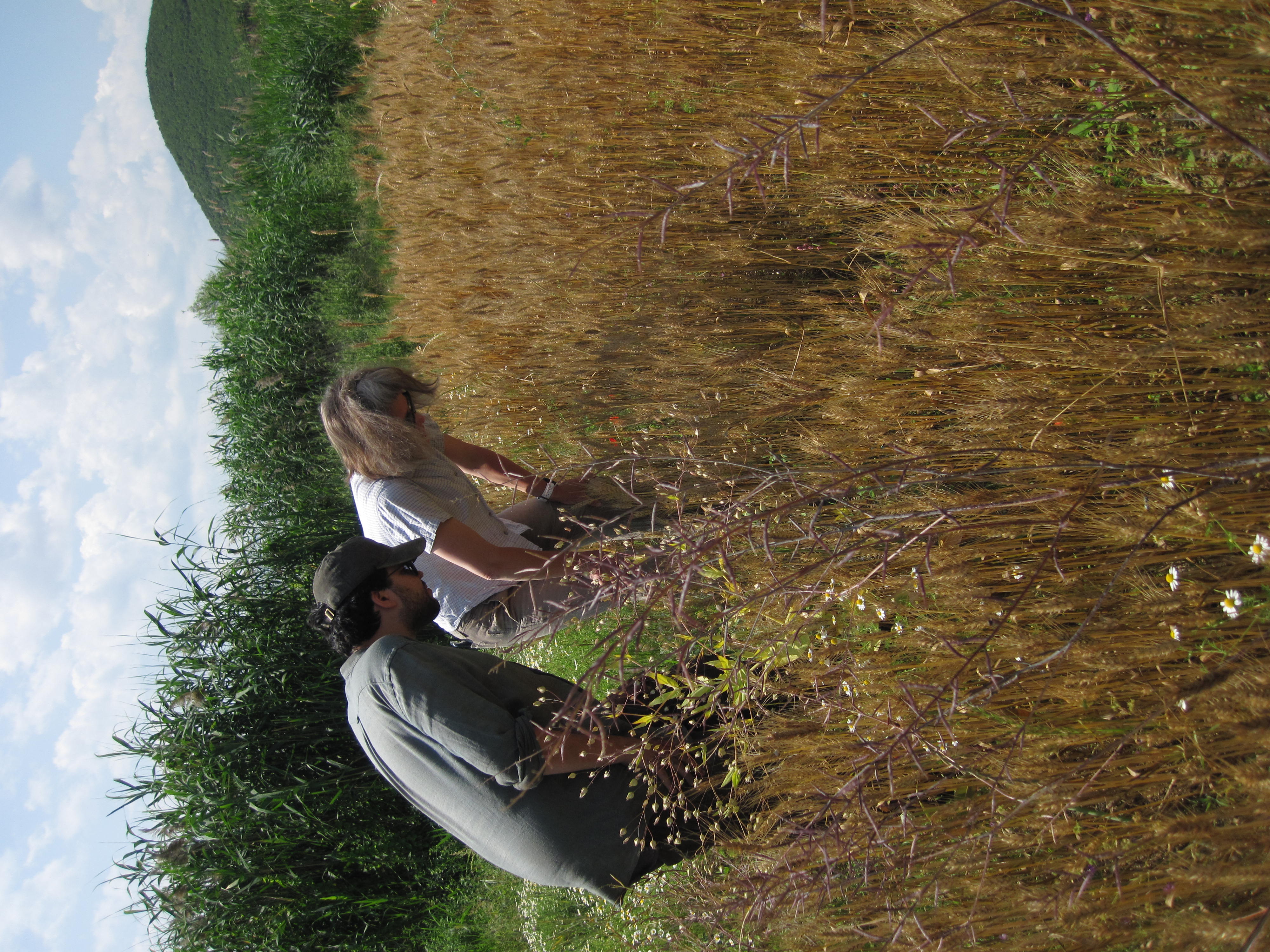
Arable field survey near Lin 3, Albania (Oscar Reid and Amy Bogaard)
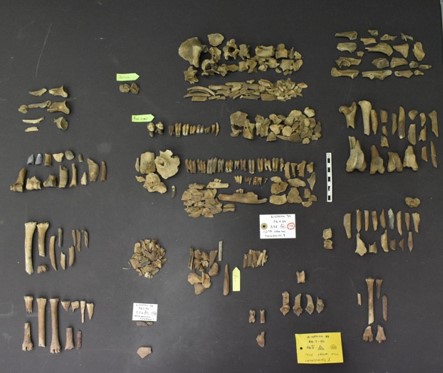
Zooarchaeological work in the field at Dispilio (Valasia Isaakidou)
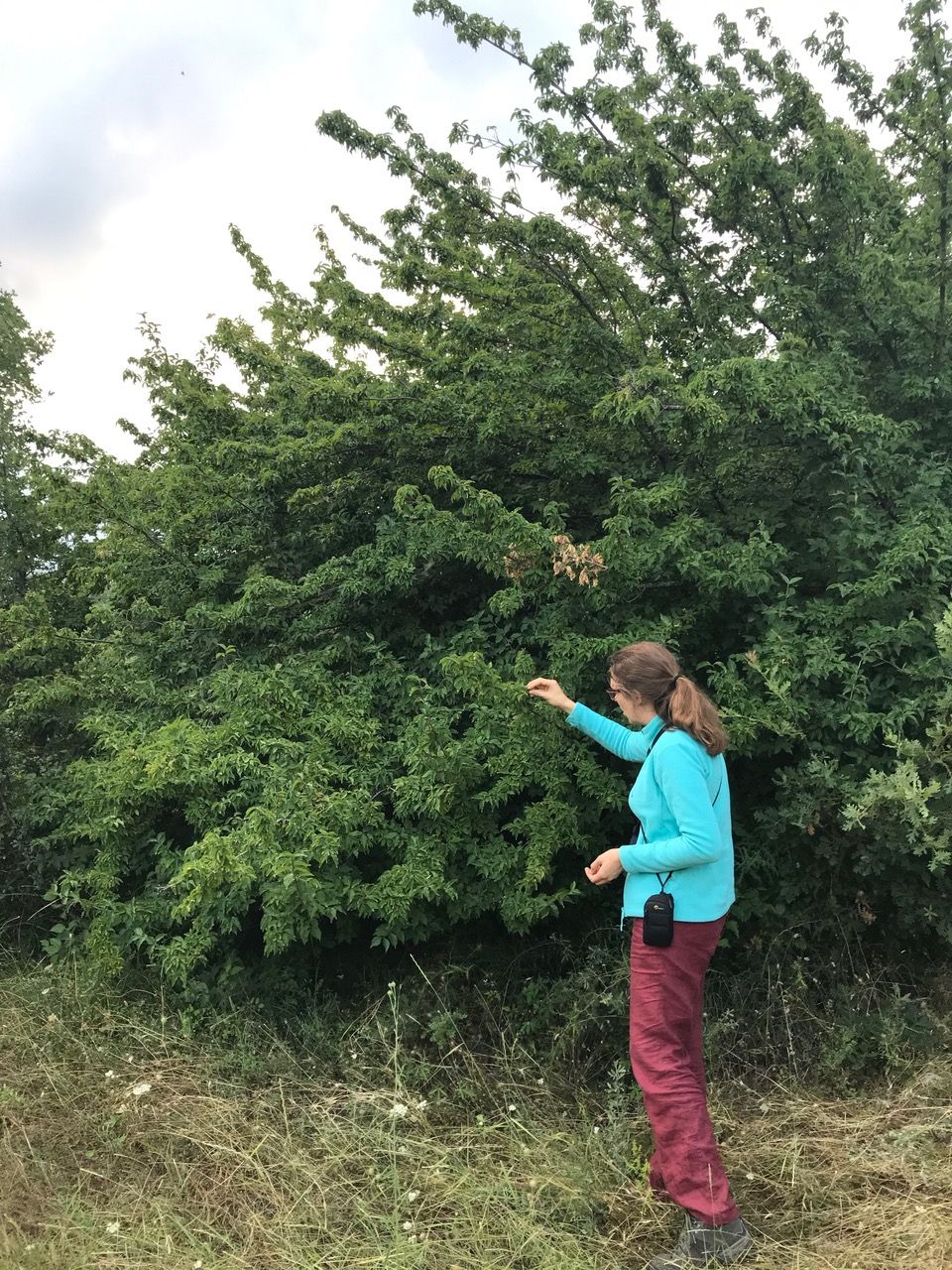
Elizabeth Stroud and a Cornelian Cherry



